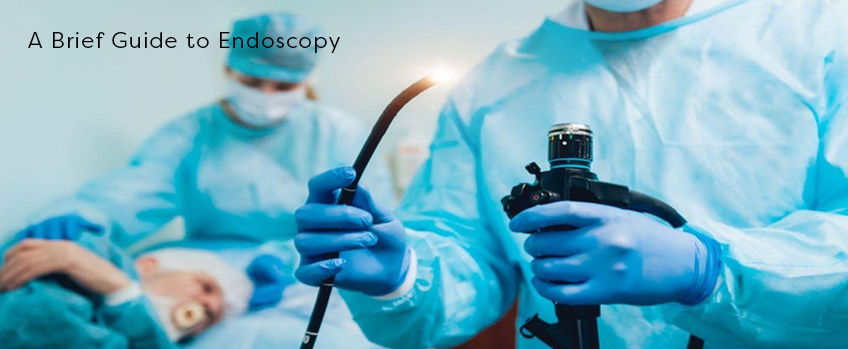An endoscopy is a procedure in which a doctor uses special instruments to view and operate on internal vessels and organs of the body. This procedure permits surgeons to identify problems within your body, without making big incisions.
A surgeon will insert an endoscope through a body cavity (mouth/anus) or a small cut made in the body. An endoscope is a flexible tube that features a small camera at one end, permitting the doctor to make observations. The latter can also use scissors and forceps at the end of the endoscope to do surgery or remove tissue for doing biopsy (lab test). Endoscopes can be accessed through online stores of endoscopy products manufacturers.
Uses of Endoscopy
Endoscopy is typically used to:
- Help doctor understand the reason behind the patient’s abnormal symptoms.
- Remove a small sample of tissue that can be sent to a lab for further testing (endoscopic biopsy).
- Help doctors to view inside the body during surgical procedures like removing gall stones or repairing stomach ulcer.
Endoscopy is used when patient exhibits following symptoms:
- Inflammatory Bowel Diseases (IBD) like Crohn’s disease or Ulcerative Colitis (UC).
- Stomach ulcer
- Gall stones
- Pancreatitis
- Chronic constipation
- Tumours
- Unexplained bleeding
- Blockages in oesophagus
- Infections
- GERD (Gastro Oesophageal Reflux Disease)
- Vaginal bleeding
- Hiatal hernia
- Blood in urine
The doctor will review symptoms, perform a physical exam and order blood tests before deciding on endoscopy. Such tests will aid the doctor in gaining a better understanding of possible causes of your symptoms and whether endoscopy is necessary.
Types of Endoscopy
Endoscopies fall into various categories based on area of the body treated by them. They are:
- Arthroscopy- Joints
- Bronchoscopy- Lungs
- Colonoscopy- Colon
- Cystoscopy- Bladder
- Enteroscopy- Small intestine
- Hysteroscopy- Inside of uterus
- Laparoscopy-Pelvic or abdominal area
- Laryngoscopy- Larynx
- Mediastinoscopy- Area between lungs
- Sigmoidoscopy- Rectum and Sigmoid colon of large intestine
- Thoracoscopy- Area between chest wall and lungs
- Upper gastro-intestinal endoscopy: Upper intestinal tract and oesophagus
- Ureteroscopy- Ureter
All these types of endoscopes are available through endoscopy products manufacturers.
Latest Technology in Endoscopy
- Capsule endoscopy:
This is a revolutionary technique used when other tests are inconclusive. During this procedure, the patient swallows a small pill that carries a tiny camera inside. This capsule will pass via the digestive tract, without any discomfort, creating thousands of images of the tract.
- ERCP (Endoscopic Retrograde Cholangio Pancreatography)
ERCP combines Upper GI endoscopy with X-rays to diagnose and treat problems with the pancreatic and bile ducts.
- Chromo-endoscopy
It is a technique where a special dye or stain is used on the lining of the intestine during an endoscopic procedure. This dye helps doctor to better understand if there is anything abnormal in the intestinal lining.
- Endoscopic Ultrasound (EUS)
This technique uses ultrasound in conjunction with an endoscopy. This permits doctors to see inside organs and other structures, not visible during regular endoscopy.
- EMR (Endoscopic Mucosal Resection)
This is a technique which enables surgeons to remove cancerous tissues from the GI tract. A needle is used through the endoscope to inject a liquid below the abnormal tissue, which separates cancerous tissue from other layers for easy removal.

